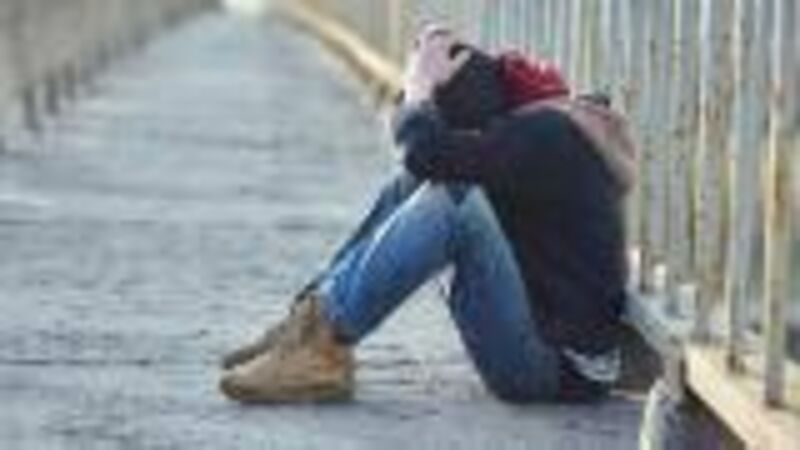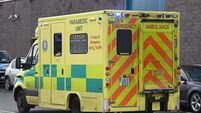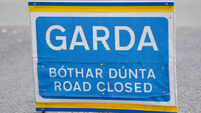'Unacceptable' 92% rise in youth homelessness since 2021

Campaigners say youth homelessness figures are 'shocking'. Picture: Pexels
A leading campaign group has hit out at the "shocking" statistic of a 92% rise in youth homelessness in the last two years.
Adam Spollen of the Irish Coalition to End Youth Homelessness said the figures in the most recent homelessness data release for February of 2023 were 'unacceptable'.
Some 11,742 people were homeless in Ireland in February, including 3,373 children.
However, a further 1,457 of these were aged between 18 and 24.
When compared to the numbers for February of 2021, the data shows:
- The number of young people in homeless accommodation rose by 92% (776 in 2021 to 1,457 in 2023);
- Those aged between 18-24 make up 17% of the overall homelessness figures, compared to 13% in 2021;
- Dublin is responsible for 1,073 cases of youth homelessness in February of 2023, more than double of the figures in February of 2021 (475).
In November, Housing Minister Daragh O'Brien launched the Youth Homelessness Strategy 2023-2025 — the first time in over two decades the Government had launched such a strategy.
Since that strategy was launched, a further 86 young people have entered emergency accommodation.
The Irish Coalition to End Youth Homelessness, which comprises 18 organisations, was established in 2017 to consolidate the work of the groups and call for a national strategy on youth homelessness.
On Thursday, they held a seminar in Dublin where the "unacceptable" data was discussed.
Mr Spollen said: "Youth homelessness has risen by a shocking 92% in the previous two years, with 1,457 young people aged 18-24 currently utilising emergency homeless accommodation.
"This unacceptable figure stands in addition to those who are not counted in official statistics, those experiencing hidden homelessness which disproportionately affects young people, ‘couch-surfing’ in unstable temporary arrangements with friends or relatives.”
Mr Spollen said the success of the homelessness services was reliant on collaboration between a number of State bodies, including Tusla, the HSE and a number of local authorities.
He added: "While there are examples of the effect of successful collaboration between statutory bodies and non-profit service providers, stemming the rise of youth homelessness in specific geographic locations, the increasing scale of this problem on a national level demonstrates that a lot more needs to be done.
"We held today’s event, bringing together representatives of Government departments, local authorities, and statutory bodies such as Tusla and the HSE, to facilitate an open discussion on gaps in service provision, and importantly, how these gaps can be immediately addressed to challenge and end youth homelessness."
The crisis is also affecting people's education, with many young people forced to turn down CAO offers from colleges due to a lack of suitable accommodation nearby.
This leaves them the option of relying on public transport or lifts from friends or family at great cost.
A study from University of Limerick's student body, UL Student Life, found at least 100 of its students were going to be homeless while studying during the 2022-23 semesters — or were forced to give up their place.












